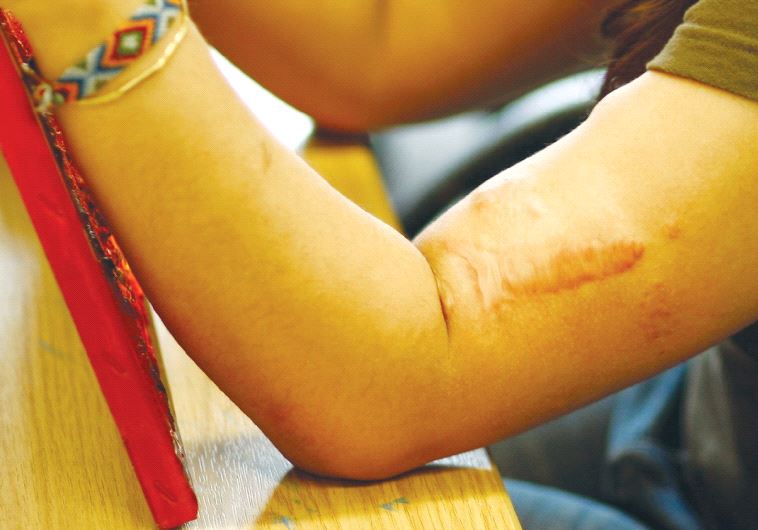TAU-Harvard technology may help prevent scarring
The researchers have devised a new, non-invasive method to prevent burn scarring caused by the proliferation of collagen cells.
 THE SCARS OF an Iraqi victim of torture are evident as she paints at an art studio in London.
THE SCARS OF an Iraqi victim of torture are evident as she paints at an art studio in London.